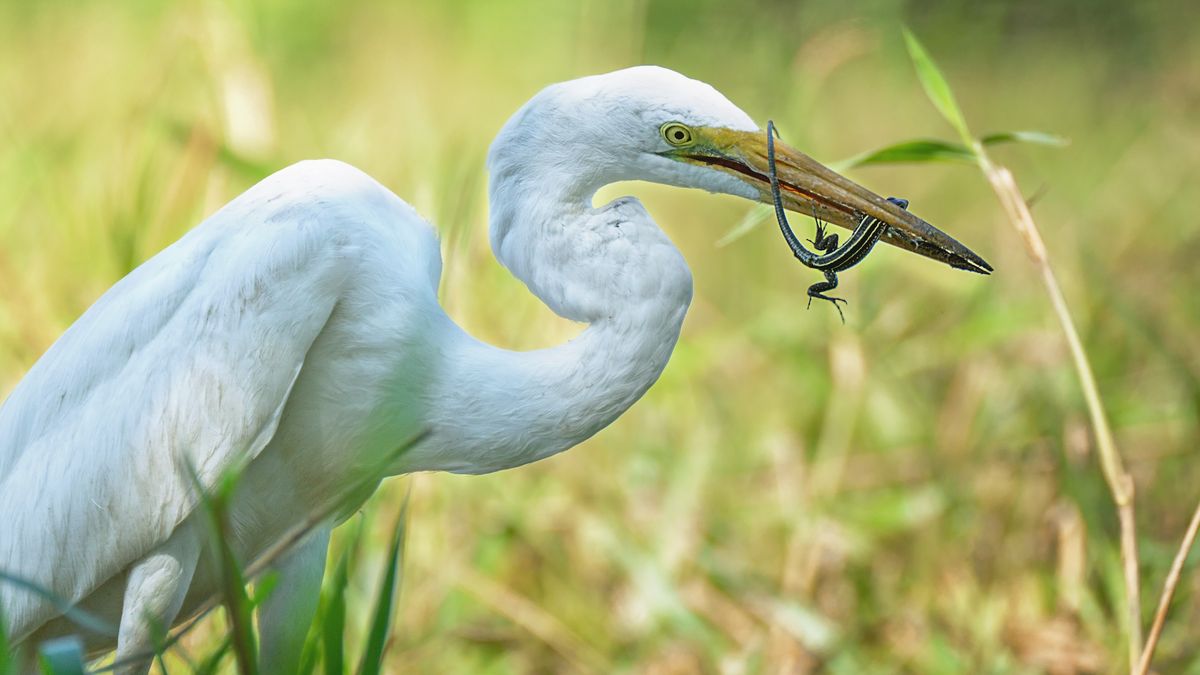Feathered or Scaled? The Shocking Evolutionary Truth About Birds Revealed

Ever wondered about the fascinating connection between birds and reptiles? Prepare to have your understanding of animal classification turned upside down! The reptile family tree is a complex and surprisingly diverse ecosystem that might just surprise you.
Contrary to popular belief, birds aren't just distant cousins of reptiles—they're actually living, breathing members of the reptile family. This mind-blowing revelation challenges our traditional understanding of animal classification and showcases the incredible evolutionary journey of life on Earth.
Imagine a family tree that branches out in unexpected ways, where feathered creatures share a deeper genetic connection with scaly reptiles than you might have ever imagined. From the soaring eagles to the tiny hummingbirds, these winged wonders are direct descendants of prehistoric reptilian ancestors, carrying a legacy that spans millions of years of evolutionary history.
Scientists have long understood that birds represent a specialized group of reptiles, specifically theropod dinosaurs, who developed feathers and the ability to fly. Their unique adaptations didn't separate them from reptiles—they simply transformed the very definition of what a reptile could be.
So the next time you see a bird perched on a branch or watch a lizard sunning itself on a rock, remember: you're witnessing different branches of the same remarkable evolutionary family tree.

